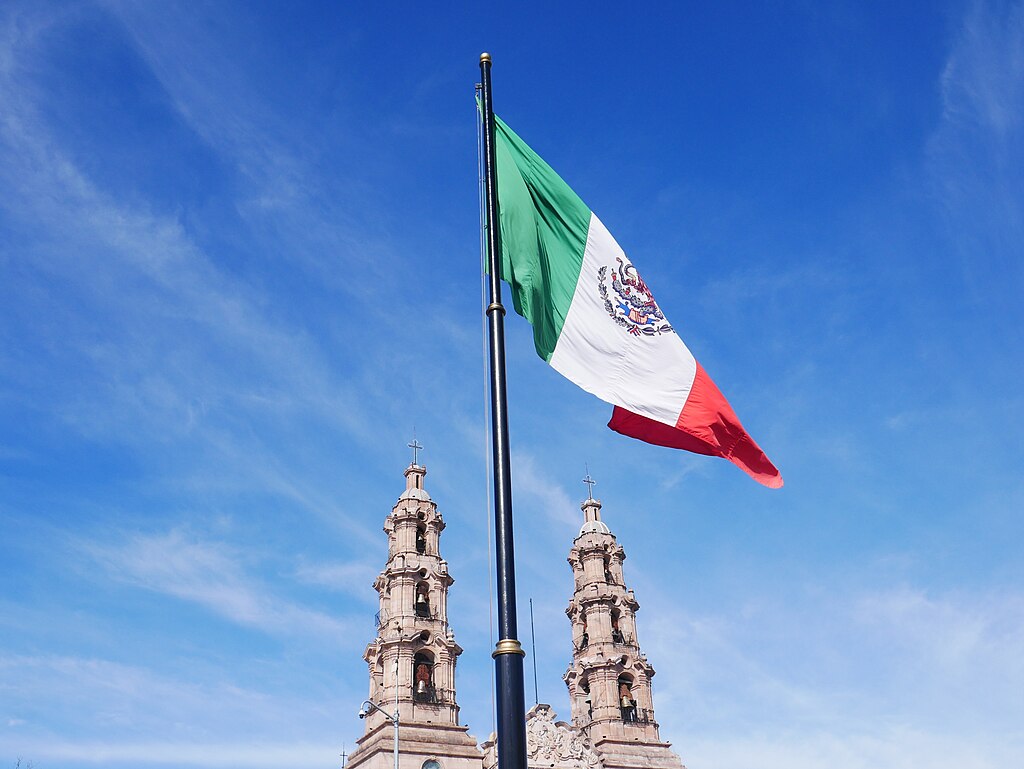Ukraine's Strategic Moves in War and Diplomacy
Explore Ukraine's battle for sovereignty through military strategies and international negotiations, crucial for ending the longstanding conflict with Russia.
Published January 02, 2025 - 00:01am

Image recovered from eleconomista.com.mx
Ukraine's ongoing conflict with Russia has remained a focal point of international affairs as both nations navigate warfare and diplomacy in their quest for resolution. Volodymyr Zelensky, the president of Ukraine, has expressed that Ukraine's fight will persist both on the battlefield and in diplomatic arenas throughout 2025. This approach demonstrates Kyiv's commitment to securing its position globally while braving the challenges of dwindling support and political shifts, particularly from major allies like the United States.
The president detailed that 2024 marked a significant setback for Ukraine, losing more territory to Russia than in the previous year. This reality shapes the urgency of sustaining military efforts and advocacy on the negotiating table. Zelensky also acknowledged the potential reevaluation of military aid from the U.S. with the anticipated return of Donald Trump to the presidency, stressing the need for steadfast alliances and robust partnerships to uphold Ukraine's integrity and sovereignty.
Assistance from the United States has been consistent, with current President Joe Biden allocating an additional $2.5 billion in military support to Ukraine. These resources include critical artillery and air defense systems, vital for maintaining Ukraine's resilience as they approach another challenging winter. This move is part of a broader commitment led by Biden, who has provided substantial aid totaling $175 billion during his tenure. However, despite these efforts, the impending change in U.S. leadership casts uncertainty on the continuity of such support, as Trump's campaign rhetoric suggested a more insular approach and called for European allies to assume greater financial responsibilities in the conflict.
Recent exchanges between Ukraine and Russia further illustrate the layered nature of this ongoing crisis. The successful repatriation of 189 Ukrainian soldiers and civilians from Russian captivity is hailed as a triumph, fueling national morale and demonstrating effective negotiation strategies. This exchange, one of the largest since the war's escalation, required complex negotiations amid increasing battlefield tensions. Moreover, the humanitarian aspect highlights the dual need for military strategy and diplomatic finesse.
Interlinked with these developments is the growing involvement of international coalitions like the G7, with Canada recently assuming its presidency. Zelensky emphasized the critical support from global alliances, notably Canada's role, projecting optimism for achieving a stable and just peace by 2025. He reiterated that collaboration with major democracies bears the potential to thwart Russian gains, strengthening a collective defense against the violation of Ukrainian autonomy.
This multifaceted approach underscores the complexity of Ukraine's plight—a balancing act of rallying international support, strategically leveraging negotiations, and sustaining military operations. The pressure mounts as time constrains resources and geopolitical alliances shape the dynamics of this prolonged conflict. Ukraine's leadership remains resolute in its objective to achieve a comprehensive solution that respects its territorial integrity, even as they navigate the unpredictable international political landscape.
The path forward sees Ukraine positioned at a critical juncture, reliant on alliances and diplomatic efforts, yet grounded in enduring resilience shown on the battlefront. As the international community watches, Zelensky's perseverance in advocating for his nation's sovereignty remains a beacon of hope amidst the adversities of a turbulent geopolitical climate.







